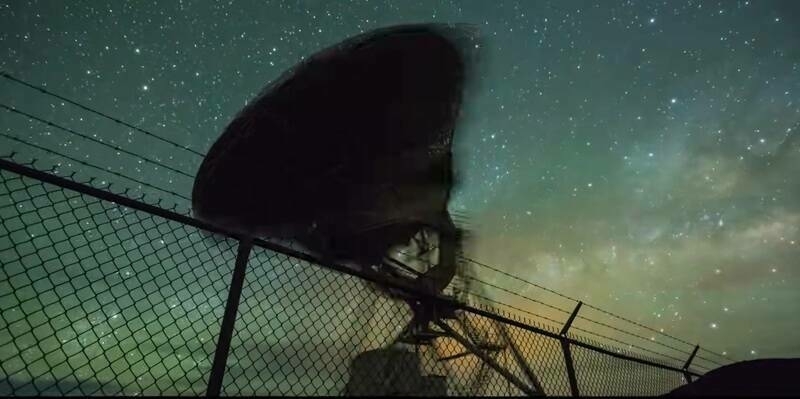The specially commissioned survey by aerial mapping company Bluesky involved the capture of LiDAR (Light Detection and Ranging) data for the entire site and surrounding area as part of a Dublin Airport Drainage Masterplan (DMP).
“As a busy international airport our airspace is unsurprisingly quite restricted making it potentially difficult for an aerial survey company to capture data,” said Dublin Airport Airfield Project Manager Martin McKee. “However, Bluesky’s expertise and extensive experience with the airport and its existing relationship with the Irish Aviation Authority, who manage Air Traffic Control, the survey was completed without issue,” he added.
Dublin Airport commissioned Bluesky to complete the LiDAR survey following a competitive tender process. Using aircraft mounted lasers Bluesky captured 50 centimetre point spaced height measurements across the complete campus and immediate vicinity. The captured height data was delivered in a variety of formats for use by the authority’s Drainage Masterplan consultants in InfoWorks ICM hydraulic modelling software.
The Bluesky data will be used to inform modelling projects which will help understand the airport’s drainage network, analyse flood risk relating to rainfall events and measure capacity in local watercourses. The Bluesky LiDAR data will also be used to model the flow of contaminants relating to aircraft de-icing an operational requirement required by safety regulations during the winter season.
“Whilst we already possessed large amounts of topographical data ranging in age, type and coverage, for the hydraulic modelling applications we required accurate, up to date and consistent data across the entire site,” continued McKee. “LiDAR was the perfect choice to achieve this and by working with Bluesky we now have a benchmark dataset for all our Drainage Masterplan modelling as well as other applications.”
Subscribe to our newsletter
Stay updated on the latest technology, innovation product arrivals and exciting offers to your inbox.
Newsletter

